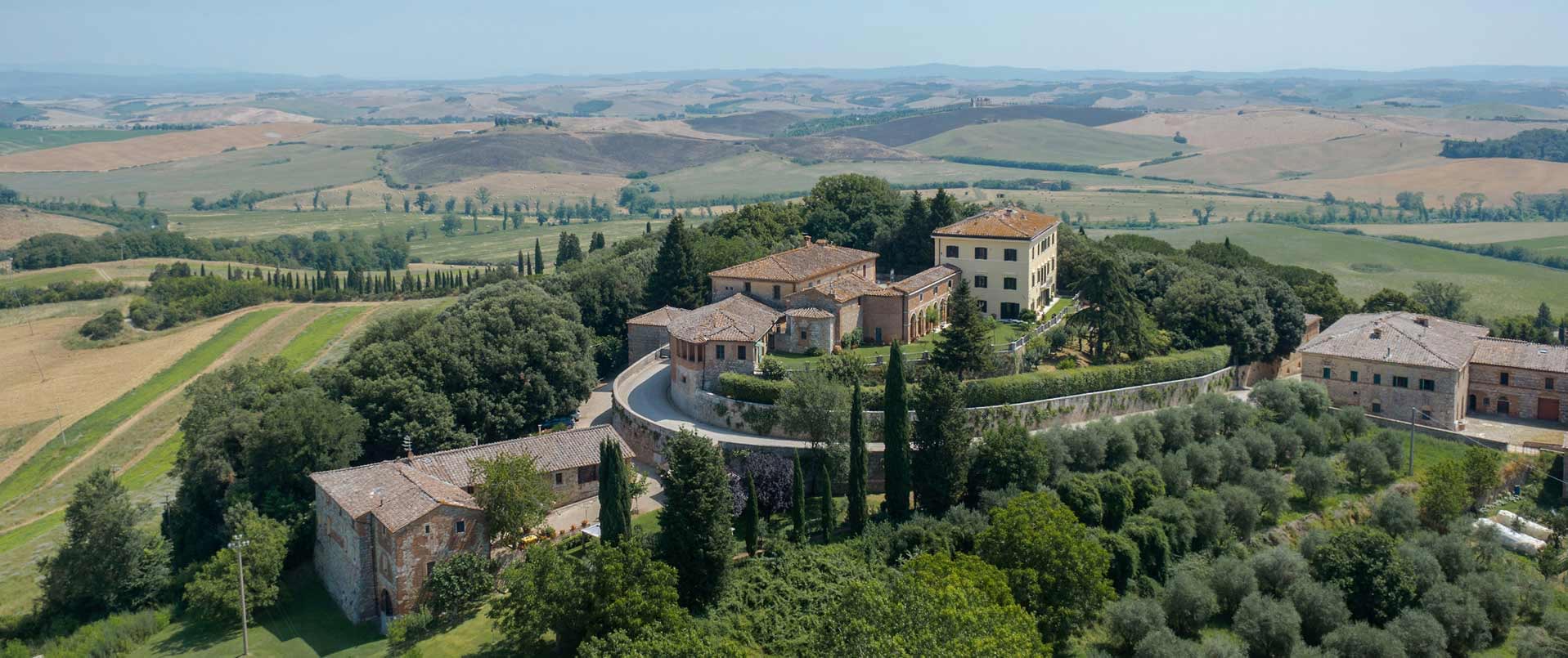
Villa Oldofredi Tadini developed around a medieval observation tower designed to defend the city of Cuneo and dates back to the 16th century.
Visitors, welcomed and guided by the current owners, descendants of the Oldofredi Tadini family, can explore: the 18th-century chapel dedicated to the Virgin Mary of the Rosary, which features relics from the Turin Shroud exhibitions and other religious artifacts; the main ‘piano nobile’ floor of the house, showcasing a series of living rooms full of antique furniture and rich in relics of the Risorgimento period; the second floor which includes the bedrooms, and the charming garden filled with centennial plants and beautiful flowers.
The history of Villa Oldofredi Tadini
Villa Oldofredi dates back to the early 16th century, when a two-floor building was constructed connected to the medieval tower. Over the centuries, the Villa and its farmhouses were severely damaged during the many sieges of Cuneo and, in particular, during the French occupation of 1799, when the Villa was set on fire and Count Mocchia di San Michele, known for his anti-French stance, was killed. In 1812, his son Luigi began restoring the house, giving it the appearance it retains today.
Luigi Mocchia was a member of the Sardinian Senate and a judge in Chambéry. In 1822, he married Maria Oldofredi Tadini, who belonged to an important family from Lake Iseo, Franciacorta and Calciana. Maria welcomed her brother, Count Ercole Oldofredi Tadini to her home, when he fled after the armistice of Salasco in 1848. Ercole Oldofredi, already a pro-Piedmontese and one of the main instigators of the uprisings in Milan, became particularly close to Cavour during his stay in Piedmont. It is believed that the decision for the Piedmontese intervention in Crimea was made in this very villa during one of Cavour’s stays in the city of Cuneo. In 1855, following the death of Maria, the estate passed by inheritance to the Oldofredi Tadini family, continue to reside in the villa today.
The ghost of Earl Mocchia
In 1799, during the Napoleonic Wars, French troops under Napoleon Bonaparte occupied the city of Cuneo. Count Mocchia di San Michele organised a militia as a form of resistance. In response, a French force of 2,500 soldiers was dispatched to quell the uprising, resulting in hundreds of deaths and extensive damage to the countryside and buildings.
On the night of 5 July 1799, Count Mocchia, then about 45 years old, was killed at his summer residence, believed to have been beheaded. His body was buried in the garden of the Villa by his comrades, while his head was displayed by the French on the city walls of Cuneo. A legend was born in that moment, recounting the story of the ghost of the poor Count wandering restlessly around the house and garden in search of his head.
The ghostly disturbances are said to intensify in early July, around the anniversary of his death. Many “ghost hunters”, who periodically visit the house, claim that the ghost is a peaceful and non-threatening figure, moving almost on tiptoe as if to avoid causing disturbance. A depiction of the decapitated head of the Count can be seen in a painting displayed in the chapel.
The ghostly disturbances are said to intensify in early July, around the anniversary of his death. Ghost hunters who visit the property describe the apparition as peaceful and non-threatening, moving quietly as if to avoid causing disturbance. A depiction of the decapitated head of the Count can be seen in a painting displayed in the villa’s chapel.
The Garden
Covering approximately 20,000 square metres, the garden is the oldest in Cuneo and retains elements of its 17th-century design. At the end of the 16th century, the Mocchia di San Michele family embellished their summer residence with a vast garden featuring a typical French layout, including a central avenue and symmetrical arrangement of trees and green spaces. At each end of the garden, two classic berceaux structures made from hornbeam trees have been preserved. Shaped and trimmed to form small arches, their branches create a sort of miniature house, complete with a roof and walls.
Among the park’s rarities is a North American yellow horse chestnut (Aesculus flava), the only specimen in the city, a gigantic Himalayan cedar (Cedrus deodara), dating from the second half of the 1800s, and a coeval Douglas fir (Pseudotsuga menziesii) of the same era.
Also notable is a century-old American black walnut (Juglans nigra) with a perfectly straight trunk and an impressive canopy.
Part of the garden was once organised as “plates-bandes,” rectangular beds bordered by boxwood hedges or flowers, containing vegetables and fruit trees. During World War II, the garden was converted into a “war garden”, producing maize, potatoes and wheat. After the war, it was transformed into an orchard. Today, it has been redesigned as an English garden, featuring tall trees, hedges and flowers.
Facilities and services at Villa Oldofredi Tadini
Guided tours for groups of the Vill’s interiors, chapel and garden.
Facilities for hosting weddings and receptions (in the garden only), cultural events, film productions and photo shoots.
 Film sets
Film sets
 Gardens
Gardens
 Parks
Parks
 Private events
Private events
 Residences
Residences
 Visits
Visits
 Cultural tourism
Cultural tourism  Gardens
Gardens  Historic Homes open to visitors
Historic Homes open to visitors